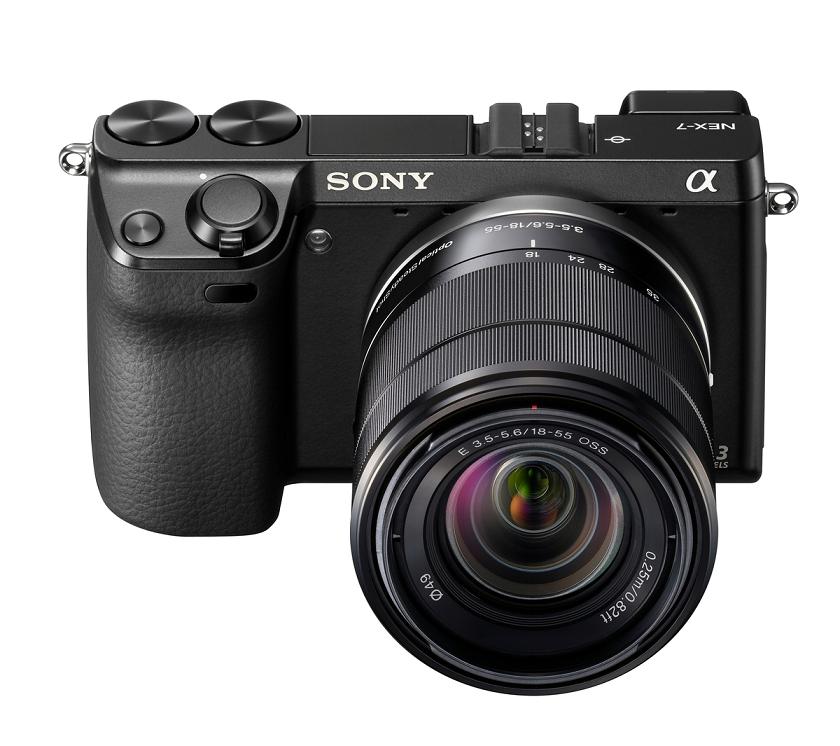Why you can trust TechRadar
Even with all those pixels crammed into the NEX-7's APS-C-sized CMOS sensor, the ISO sensitivity range hasn't been sacrificed. Sensitivities up to ISO16,000 can be used in very low light or to allow faster shutter speeds for freezing fast-moving subjects.
Sony's BIONZ processor provides the image processing clout to handle the huge amount of information captured, while controlling noise at the higher end of the sensitivity scale. This processing power also allows images to be taken continuously at up to 10fps with subject-tracking AF, which means the NEX-7 should be capable of shooting action.
Exposure programs to suit all levels of experience are included. The point-and-shoot automatic modes should help novices to concentrate on taking pictures, whereas more advanced users may feel more at home with the classic program, manual, aperture priority and shutter priority exposure modes. Meanwhile, the usual array of automatic scene programs give a certain amount of control for novice users.
Two sweep panorama modes automatically stitch images taken as the camera is moved from left to right across a scene. One of these also creates a three-dimensional effect, which you can see on compatible televisions via the built in mini-HDMI interface.
Exposure readings are taken by the image sensor using either Multi-segment, Centre-weighted or Spot metering modes.
Shooting high-contrast scenes can often be tricky, so Sony has included options that should help to retain good detail in both highlight and shadow areas of images. The D-Range optimiser works with single files brightening shadows and darkening highlights to compress the contrast range in an image. The same control can be applied to raw files in the supplied software after shooting.
For scenes with a much higher range of contrast than can be captured in a single frame, an automatic HDR mode takes several frames and combines them to produce a JPEG image containing a much wider range of tones.
As with other NEX cameras in the range, a tiltable three-inch 921k screen provides the view for composing images. This screen is very bright and incredibly clear, thanks to the high resolution and excellent anti-reflective coating. Unlike other models in the NEX range, a bright XGA resolution OLED electronic viewfinder is provided. This display is wonderfully clear and contrasty, and will suit those who simply prefer a viewfinder, and those who may struggle to see the LCD screen.
Full HD video recording is possible at up to 50fps in AVCHD format, or 25fps in MP4. Full manual exposure control and subject tracking AF are also possible during recording, which should suit enthusiasts and even more advanced video makers. A powered input for an external microphone located on the side of the NEX-7 adds the possibility of recording higher quality sound also.
A pop-up flash unit built into the NEX-7 provides enough illumination for fill-in at close quarters. When released, the flash unit extends around half an inch above the camera body, supported by a plastic articulated arm that looks vulnerable to impact. Interestingly, this flash unit can be used to command compatible Sony flashes wirelessly as well as just for fill. A proprietary Sony hotshoe is also included, as found on Sony's range of Alpha SLRs, which will allow a more powerful external flash to be connected if required.
